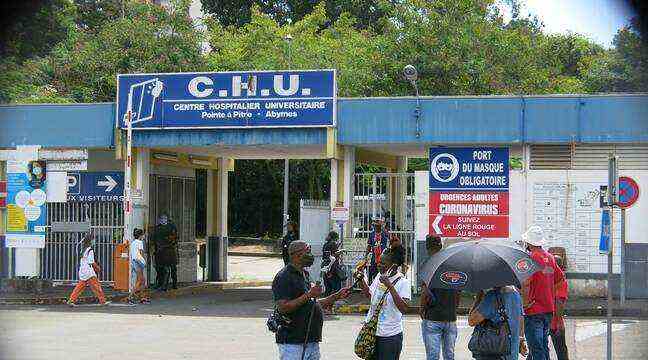The coronavirus continues to overwhelm Guadeloupe. All the hospitals there are again in white plan, the Regional Health Agency (ARS) said on Wednesday, announcing nearly 16,500 new cases of Covid-19 in a week when the mobilization against the vaccination obligation does not weaken. .
“We have entered a complicated and difficult hospital phase”, warned Valérie Denux, the director general of the ARS, announcing that the hospital must open additional resuscitation beds. “We also asked for reinforcements” and reorganized services, “this is done at the expense of other support,” she said.
The conflict continues at the hospital
In total, “151 people are hospitalized, including 116 who returned last week. There are also eight pregnant women and six children cared for at the Parent-Child Center for the Covid”. Of 16 people sick with Covid-19 admitted to intensive care, “only one of them has a complete vaccination schedule (…), unlike the 15 others, all unvaccinated”, specified Valérie Denux.
“The support unit for vaccine-resistant caregivers works well,” added the director of the ARS. Yet conflict continues to rock the hospital. This Wednesday, the CHU announced in a press release that “sabotage operations on electrical installations” at the Logistics Center and at the PMA center, observed during the week, have been the subject of a complaint. The organizations mobilized against the vaccination obligation called, for this Thursday, the whole of the island to a “dead day”.
The director also said she was “worried” for the next three weeks, since we “do not know the effects of the Omicron variant, which represents more than 98% of samples, on a fragile and unvaccinated population”. In Guadeloupe, vaccination remains low, since only 11.3% of Guadeloupeans over the age of 12 have received three doses of vaccines and just over 40% have already had their two doses. Contaminations are still increasing, but less quickly, even if the incidence rate remains very high (4,359 per 100,000 inhabitants), according to figures from the ARS.

